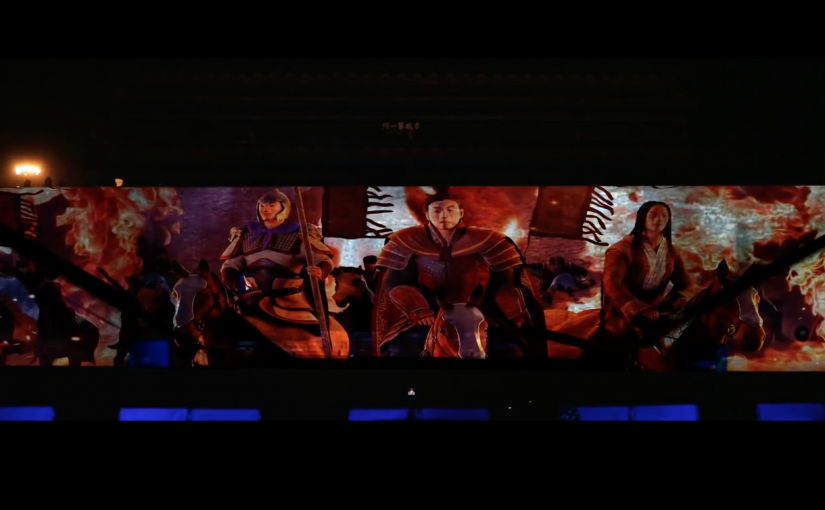Context Research about :
– How to narrate history through interactive experiences?
– Different concepts done by others
Interpreting History Through Interactive Experiences
Trying to narrate history to the public can be quite a challenging task as the storyline may be dull. How to make the young people to care about historical events that happened in Singapore? Hence, I made some research about different concepts where one was able to create an extra boost of excitement through interactive experiences.
1) Intel: History Comes Alive
Main Concept – “Bridge the Past and the Future”
Intel awaken the ancient history in China using newest technology. Realsense Technology struck a connection between the past and the future by turning the user to experience as the historical hero in the actual location in History.
About
History Comes Alive brings art and technology together in an experiential event that connects people in China to their remarkable heritage. To feature ordinary people in an extraordinary way, JWT Beijing and MediaMonks produced four original films and an installation to make it personal.
The campaign demonstrates Intel’s RealSense technology by producing realistic 3D models of people’s facial features. By scanning their face, participants are featured in a series of fully-animated stories in which their faces are mapped onto historical characters. The project was first brought to life on the ancient walls of Xi’an and now lives in live events around China.
2) Keep It London Campaign
Main Concept – “A City with Personality”
London must evolve by building on its unique character and identity, rather than by turning into a generic city.
About
Even though this is not in any way interactive, I was fascinated by how the ‘story’ created in the video was presented. The campaign contains the usual list of recommendations, solicitation for contributions and letters, and offers of updates through email and social media. More interesting, however, is the “I am London” video that accompanies the campaign. Listen carefully and in four minutes, you never hear the words, “history,” “preservation,” “old,” “save,” or “historic.” Instead, the faces and voices of dozens of diverse people personify buildings, giving these mute places emotion and personality.
3) Fellowships in Museum Practice
A write up by D. Lynn McRainey (http://museumstudies.si.edu/McRainey.htm)
Main Concept – “Visitors as Historians”
In this write up, McRainey identifies how a history museum can be converted into an interactive experience where visitors are part of the historical process.
About
History is often viewed as a collection of stories about events and places involving people whose lives are distant and far removed from their own contemporary existence. Visitors to these exhibitions are told the stories of history, rather than being active participants in the analysis and interpretation of the past. Through passive involvement, visitors willingly accept the facts presented to them, not realizing the true engaging qualities of the historical process.
How then can history museums transform the museum experience into one that encourages visitors to become active participants in exploring history? The answer lies in creating exhibitions that invite visitors to become involved in the interpretation of the past by allowing them to utilize analytical and interpretive skills just as a historian would.
To begin the historical process, the historian must select a subject and search for sources. The historian then focuses on the facts – assembling, questioning and always returning back to them; identify the evidence, analyze the evidence, use the evidence, interpret the evidence to create a story, and evaluate the evidence in order to come to one’s own conclusions.
